

A versatile and expandable therapeutic platform for blood circulation.
Developed by Neopuriph, Smart Hemoperfusion is an advanced therapeutic filter designed to remove harmful blood metabolites, endotoxins, and other targeting molecules.
Constructed from a biocompatible polysaccharide matrix, it features a universal "plug-and-socket" design that allows for the easy integration of functional proteins and macromolecules, enabling customization for diverse medical needs.
This innovative platform transcends traditional hemoperfusion, transforming blood cleansing into a versatile and expandable solution for treating multiple diseases, thereby significantly enhancing patient care and quality of life.

Features
- Efficiently removes harmful metabolites (e.g., uric acid, blood ketones), endotoxins, and other toxic molecules from the blood.
- Eliminates the need for pre-injected anticoagulants, reducing the risk of internal bleeding.
- Seamlessly integrates therapeutic functions through preloading with functional macromolecules or protein stocks.
- Mid-Flow Blood Factor Recycling: Preserves and recirculates valuable blood factors, minimizing depletion.
- Enables real-time enzymatic degradation of metabolites during hemoperfusion.
- Expandable to lymphatic circulation and compatible with cellular therapies for broader therapeutic applications.
Based on polysaccharide-based porous matrix & microspheres.
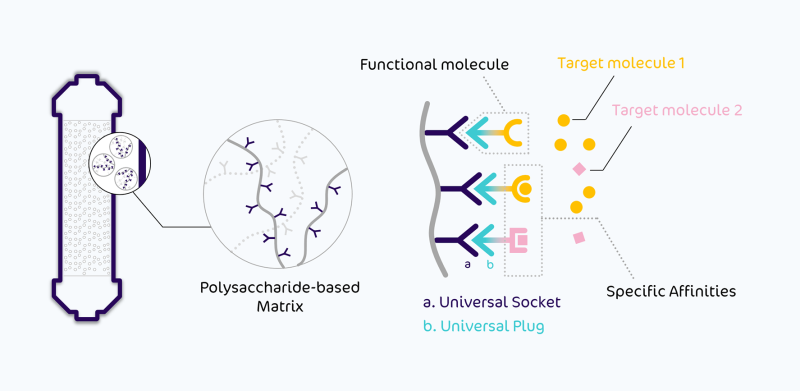
Two working mechanisms
1. Pore size determined filtration/dialysis
-------------------- Gradient style
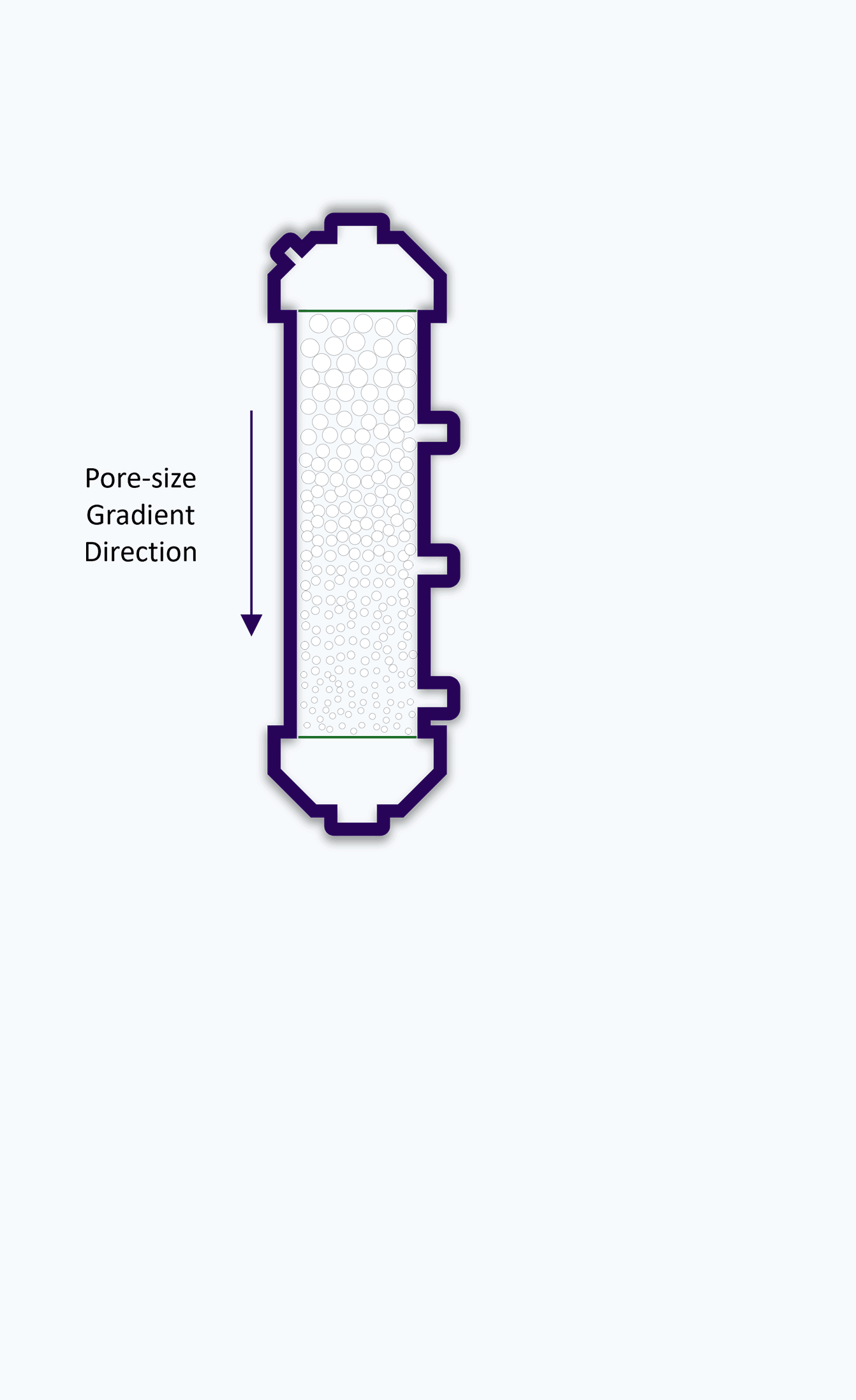
---------------- Multistep style
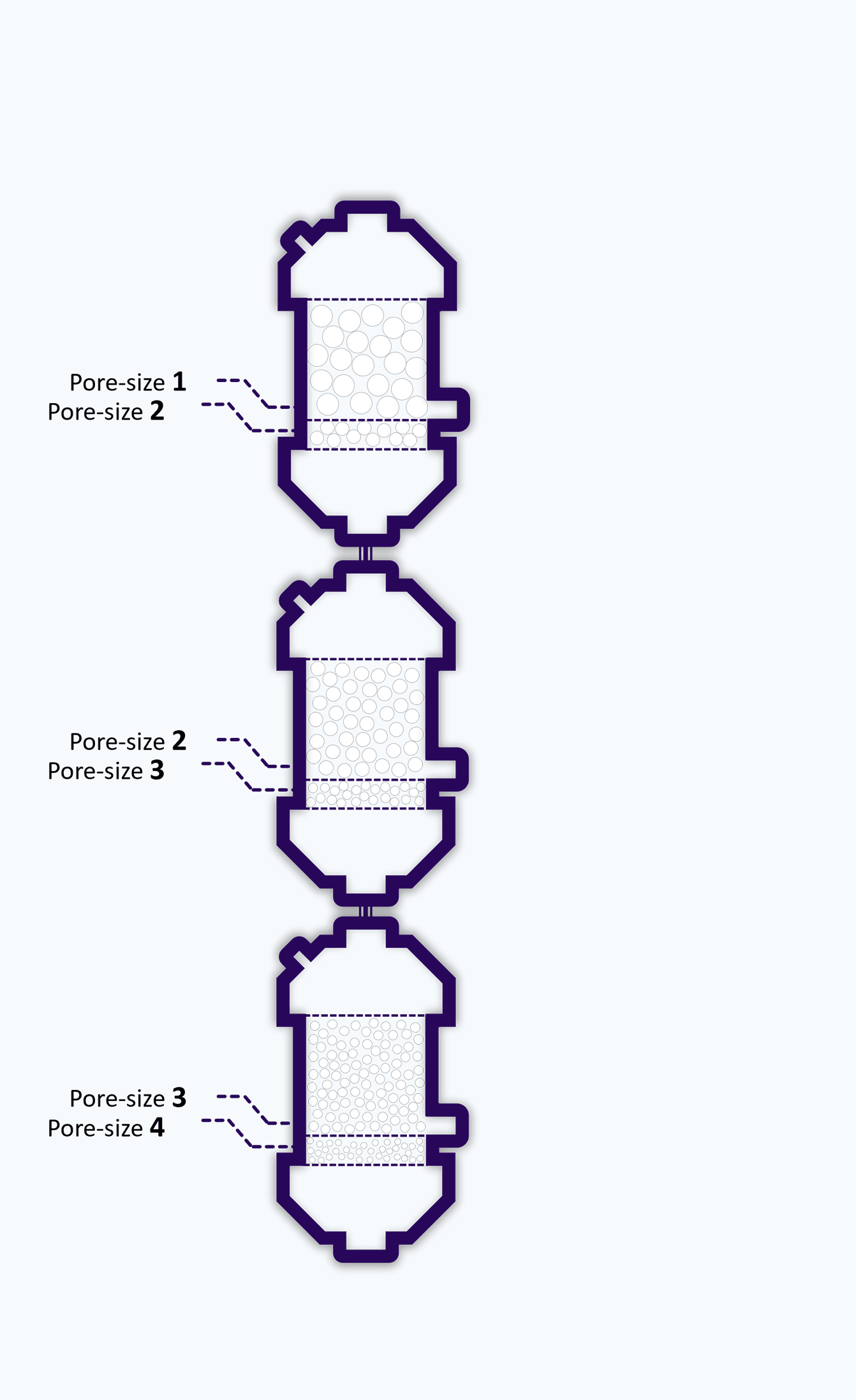
2. Specific Affinity-driven perfusion
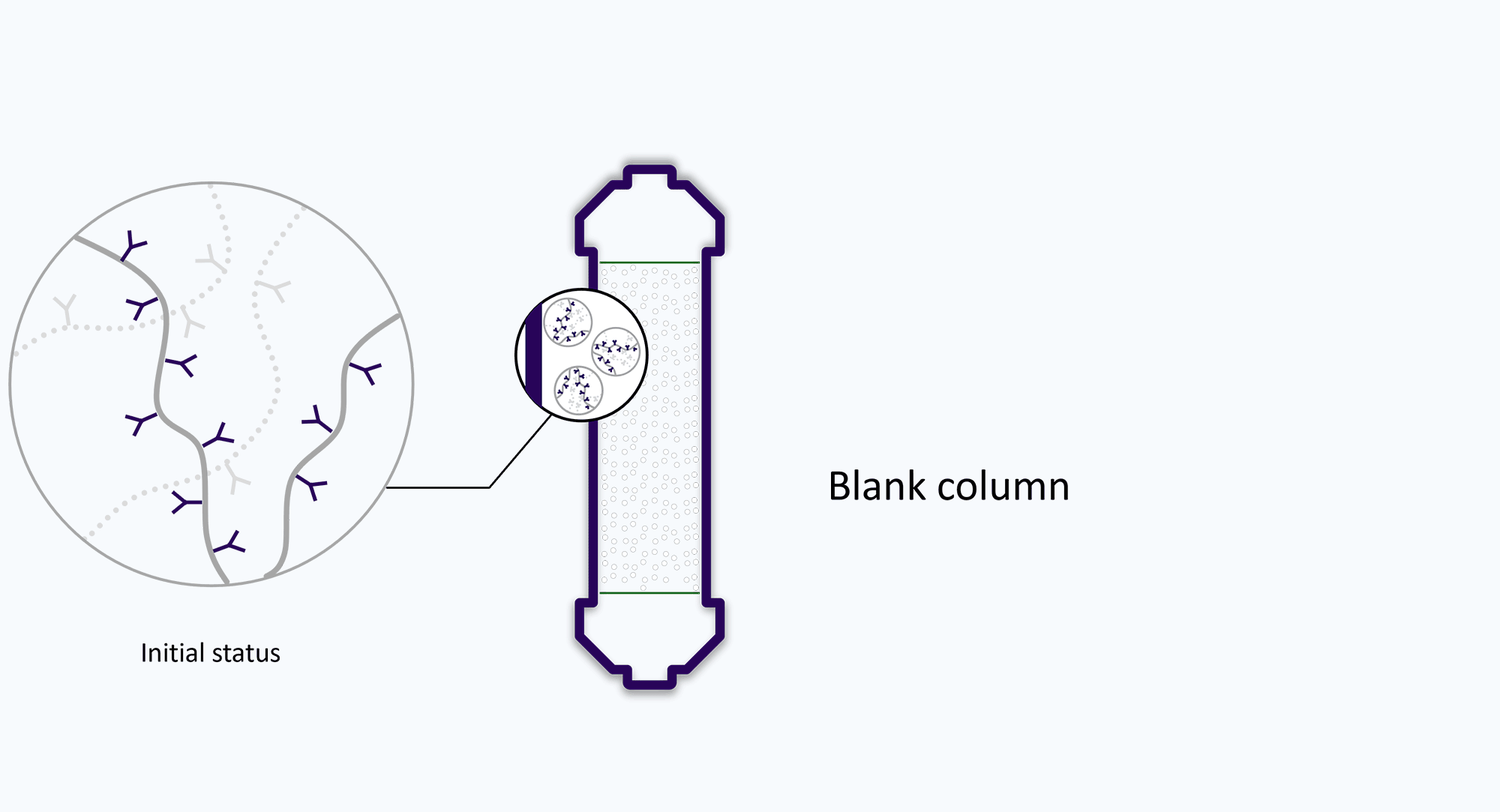
Show Case
Treatment for Cytokine Storm Syndrome (CSS) or Hypercytokinemia
-
Method:Specific affinity capture of Immune factors using a Smart Hemoperfusion device.
-
Device:Smart Hemoperfusion loaded(conjugated) with solution of socket(affinity Tag) fusioned VHH antibody of interleukins 6(IL6) and tumor necrosis factor α(TNFα)
-
Corresponding symptoms:- Severe influenza/avian influenza
- Severe acute respiratory syndrome (SARS, Covid)
- Severe burns
- Graft-versus-host disease (GvHD) -
Example:
Treatment of Acute Rejection Using Smart Hemoperfusion with Muromonab-CD3
Muromonab-CD3 is used to treat acute rejection in HLA-incompatible transplants. However, it can induce Cytokine Release Syndrome, which includes life-threatening side effects like cardiac arrest & pulmonary edema. Smart Hemoperfusion (loaded with VHH Ab of TNFα) can significantly suppress these CSS-related side effects.
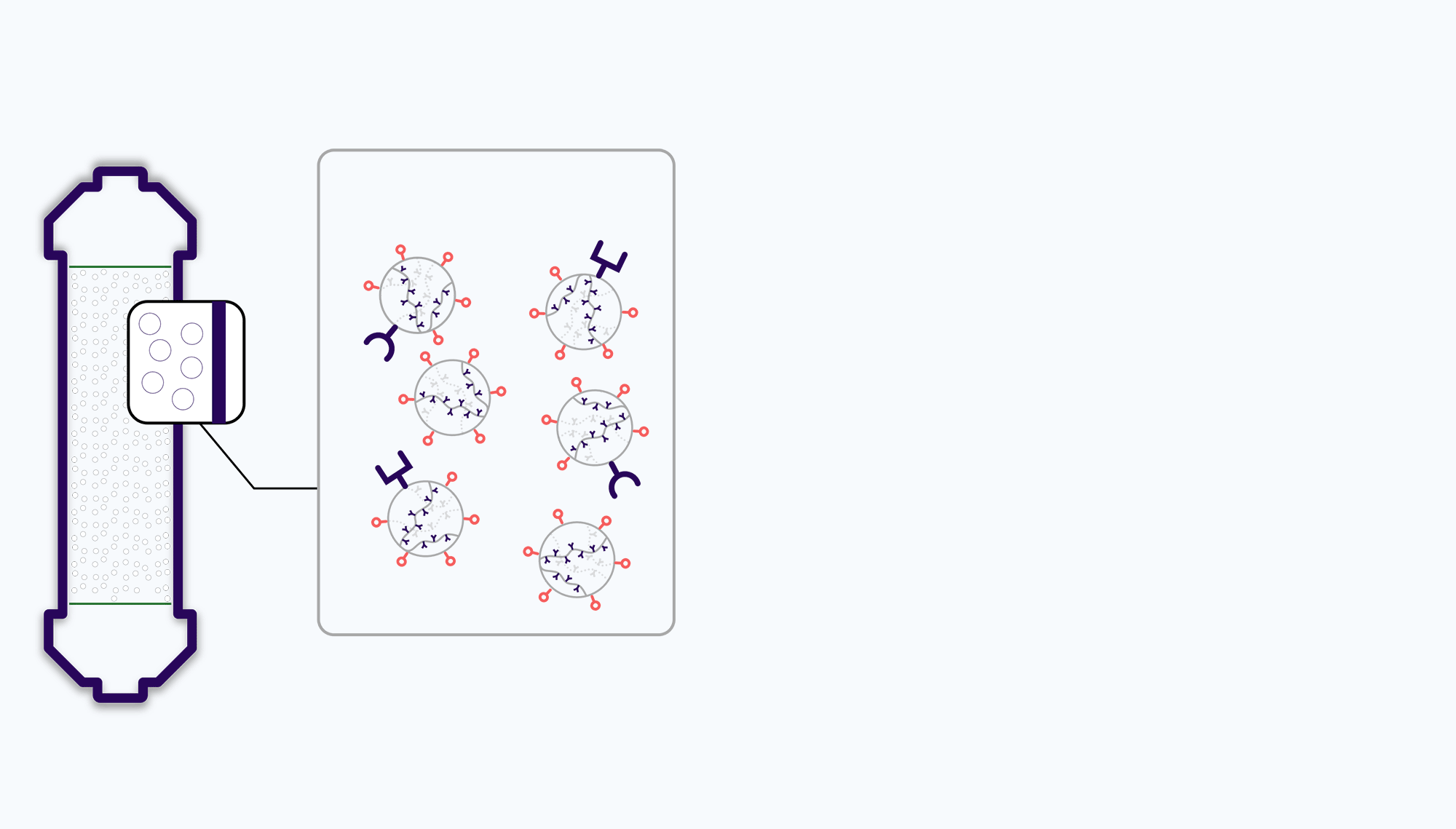
Can be derived for more potential use
Using the same matrix & working structure of Smart Hemoperfusion
- External Organ / Organoid
- Next-gen vaccine & immunotherapy via Cell Programming
- Fastidious Cell Culturing
FAQ
Globally, 870 million individuals suffer from liver and kidney failure annually, yet only 2–3.9 million patients receive HD/HP treatments due to the following limitations:
Anticoagulant RisksTraditional HD/HP relies on pre-injected anticoagulants (e.g., heparin), increasing risks of internal bleeding and clotting disorders. This excludes many patients with anticoagulant intolerance from accessing these therapies.
Blood Cell Damage
The high-pressure blood flow required for traditional HD damages red and white blood cells and platelets, impairing their structure and function.
Clotting and Blockages
Devices are prone to clots and blockages during operation, reducing efficiency, shortening operational times, and limiting treatment capacity.
Ineffective Endotoxin Removal
Current filtration and chromatographic methods rely on pore size and density, making them inadequate for efficiently removing endotoxins and pyrogens (bacterial cell fragments) of varying sizes.
Non-Specific Binding and Blood Component Loss
Traditional HD/HP cannot prevent non-specific binding, leading to the removal of essential macromolecules (e.g., fibrinogen, albumin, coagulation factors, growth factors, hormones such as EPO, T3/T4, insulin, calcitriol) along with toxins (e.g., bilirubin, ammonia, endotoxins, creatinine, uric acid, urea). This depletes immune factors and functional blood cells, causing severe side effects.
Limited Access and High Costs
Most HD/HP treatments require specialized facilities, trained personnel, and expensive equipment, making them inaccessible for home-based, daily, or self-operated care—critical for many patients with chronic conditions like kidney disease or diabetes.
Environmental Impact
Non-biodegradable synthetic devices with blood residue pose biohazard disposal challenges and release carcinogenic byproducts during incineration, significantly harming the environment.
-
No Need for Anticoagulants: Eliminates the need for prior heparin or other anticoagulant injections, reducing the risk of internal bleeding and haemoperfusion failure due to coagulation.
-
Endotoxin and Cytotoxin Filtering: Crosslinked PMB (polymyxin B) filters endotoxins and cytotoxins, lowering the risk of hypersensitivity reactions.
-
Mid-Flow Export Design: Enables chromatographic removal of unwanted molecules while recovering albumin and other immunocompetent macromolecules.
-
In Situ Complex Catalysis: Facilitates complex catalysis when bound with enzymes, potentially creating "External Organ/Organoid" systems for nutrient uptake, toxin degradation, and metabolic substrate breakdown.
The structural strength and tenacity of polysaccharides-based matrix are comparable to synthetic resins, to withstand high working pressure and flow rate. Additionally, they have better biocompatibility and lower toxicity than traditional organic resin materials.
- A double network polysaccharide structure can provide exceptional structural strength and is capable of withstanding high levels of pressure and shear. They are ideal for applications that require durability and resilience.
- Microporous pore sizes adjustable within the matrix can be achieved for different chromatographic needs
- Gradient distribution of microporous pore sizes within the matrix can be achieved to achieve complex and high-resolution chromatographic functions.
- Non-destructive cross-linking available: Cross-linking reactions can take place at atmospheric pressure in non-extreme acid/base environments to maintain the conformation and biological activity of the cross-linked proteins or biomolecules.
- Complex cross-linking available, multiple cross-linked molecules can be present in a system to achieve a complex affinity effect to selectively bind multiple target molecules from the liquid phase simultaneously.
- polysaccharide scaffold can be gently degraded by the enzyme(polysaccharidase), making it easier to recycle target molecules that are bound to the matrix.
- The waste is eco-friendly as it is biodegradable and incinerable, producing fewer toxic substances after disposal compared to synthetic resin.
The matrix has a polysaccharide backbone that can be easily cross-linked. We create active cross-linking sites (ACLS), which we refer to as 'universal plugs and sockets', on the polysaccharide backbone through unique chemical modifications. These sites enable desired functional groups/molecules to bond quickly and easily onto the backbone, creating enzyme catalytic or affinity activity. This enables multiple enzymatic catalysis and combined affinities to achieve desired complex functions.
The core is made of polysaccharides-based matrix, which has a highly resilient backbone and a structure that is rich in micropores of adjustable scale.
The matrix can be customized to produce specific frictions against molecules.
- Adjustable microporous size
- Gradients in pore size along specific directions
Can be tailored to produce specific affinity
- Charge driven binding
- Structure-driven binding (antigen-antibody/protein-protein interactions)
- enzyme-mediated binding
Using the same matrix and working mechanism of Smart Hemoperfusion, the device can be extended in the following ways:
-
From Blood Circulation to Lymphatic Circulation: Making immunotherapy applications viable.
-
From Protein Interactions/Catalysis to Intercellular Interactions/Signaling: Addressing a wider range of targets and corresponding symptoms.
This allows for more advanced functions and potential applications in the future, such as:
-
Vaccination:
-
Antigen-presenting cells (APCs) mediated vaccination (in vitro).
-
-
Immunotherapy:
-
Tumor-infiltrating lymphocytes (TILs) cells stimulated and trained by target antigens (in vitro).
-
-
Autologous Tissue Transplantation:
-
In vitro culture and reconstitution of autologous islet tissue (E-islet) for transplantation.
-